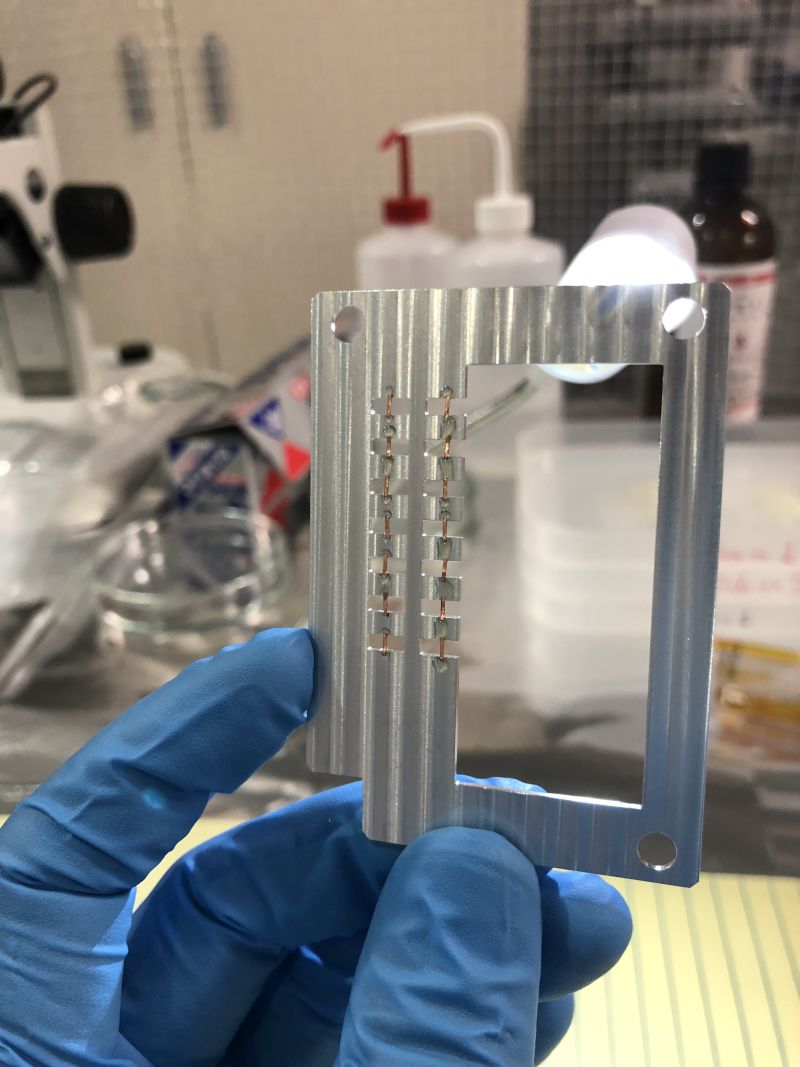Link to the full source article
RSS feed source: National Science Foundation
A team of researchers supported by the U.S. National Science Foundation has developed a new method of tracking the ultra-fast heat progression in warm, dense matter plasmas — the type of matter created when metals are struck with high-powered lasers. Published in Nature Communications, the results of this study will help researchers better understand not only how plasma forms when metal is heated by high-powered lasers but also what’s happening within the cores of giant planets and even aid in the development of fast ignition laser fusion with energy-generating potential here on Earth.
The research team aimed a high-powered laser at very thin strips of copper, which heated to 200,000 degrees Fahrenheit and momentarily shifted to a warm, dense matter plasma state before exploding. At the same time, the researchers used ultrashort-duration X-ray pulses from an X-ray free-electron laser to capture images of the copper’s transformation down to a few picoseconds or trillionths of a second. By doing so, the researchers were able to observe the ultra-fast and microscopic transformation of matter.
